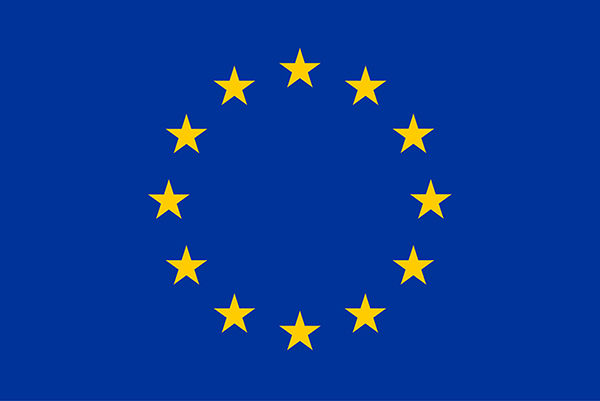
Wine is undoubtedly one of the most representative components of the Mediterranean food-related cultural heritage. Indeed, wine has been the favourite beverage to accompany the meals of the Mediterranean populations for centuries, even long before the concept of Mediterranean diet was born. Today, wine is produced all over the globe, but Europe still retains its traditional leadership role in winemaking – accounting for around 60% of the world’s output – with Italy, France and Spain being by far the major producers.
Vitis vinifera is the species to which nearly all of the hundreds of different varieties of grapevines that are used to make wine belong. The grape varieties (familiar names include Cabernet Sauvignon, Sangiovese, Tempranillo, Touriga Nacional, Assyrtiko, etc) differ from one another in characteristics ranging from size and colour, to disease resistance and ripening time. These differences are by no means the only factors that determine the quality of the wine. The quality of the grapes, which in turn is affected by numerous aspects such as the type and chemistry of the soil, the time of harvest, the pruning method, the elevation and shape of the vineyard and the local yeast culture are also very important. The combination of these factors and other effects is commonly referred to as terroir, and by greatly influencing the process of fermentation, as well as aging, it results in marked differences among wines.
However, arguably the most important terroir component – the one with the strongest impact on the quality of wine for any given grapevine variety – is climate. Indeed, climate greatly affects the composition of mature grapes. Important factors that result in variation among grapes from different areas are the sun exposure, the temperature difference between night and day and, most importantly, the amount of heat received during the growing season and the amount and seasonal patterns of rainfall.
By altering the boundaries of the climatic zones and increasing year on year variability, climate change is creating imbalances in wine production worldwide, resulting both in loss of viability in certain areas and increase of sustainability in others. One example is the recent expansion in wine production in the United Kingdom and Denmark, where previously the climate was relatively inhospitable for growing of wine grapes. However, even before these extreme situations are verified, climate change has severe impacts in the sensory expression of wines, their taste, changing the typical perception from a given region and, potentially alienating consumers with significant impacts on regional and business economics.
MED-GOLD will develop climate services that will provide long term (decadal) predictions of the main climatic factors which impact on grape growth and quality, allowing anticipation of climate change effects. These services will assist wine producers in managing risks within the framework of their medium and long-term business strategies. Furthermore, by providing seasonal forecasts at different spatial and temporal scales, MED-GOLD will help producers in dealing more effectively with grapevine protection against diseases and pests, increasing their bottom line.
Questions MED-GOLD will address
Seasonal timescale
Long-term timescale

